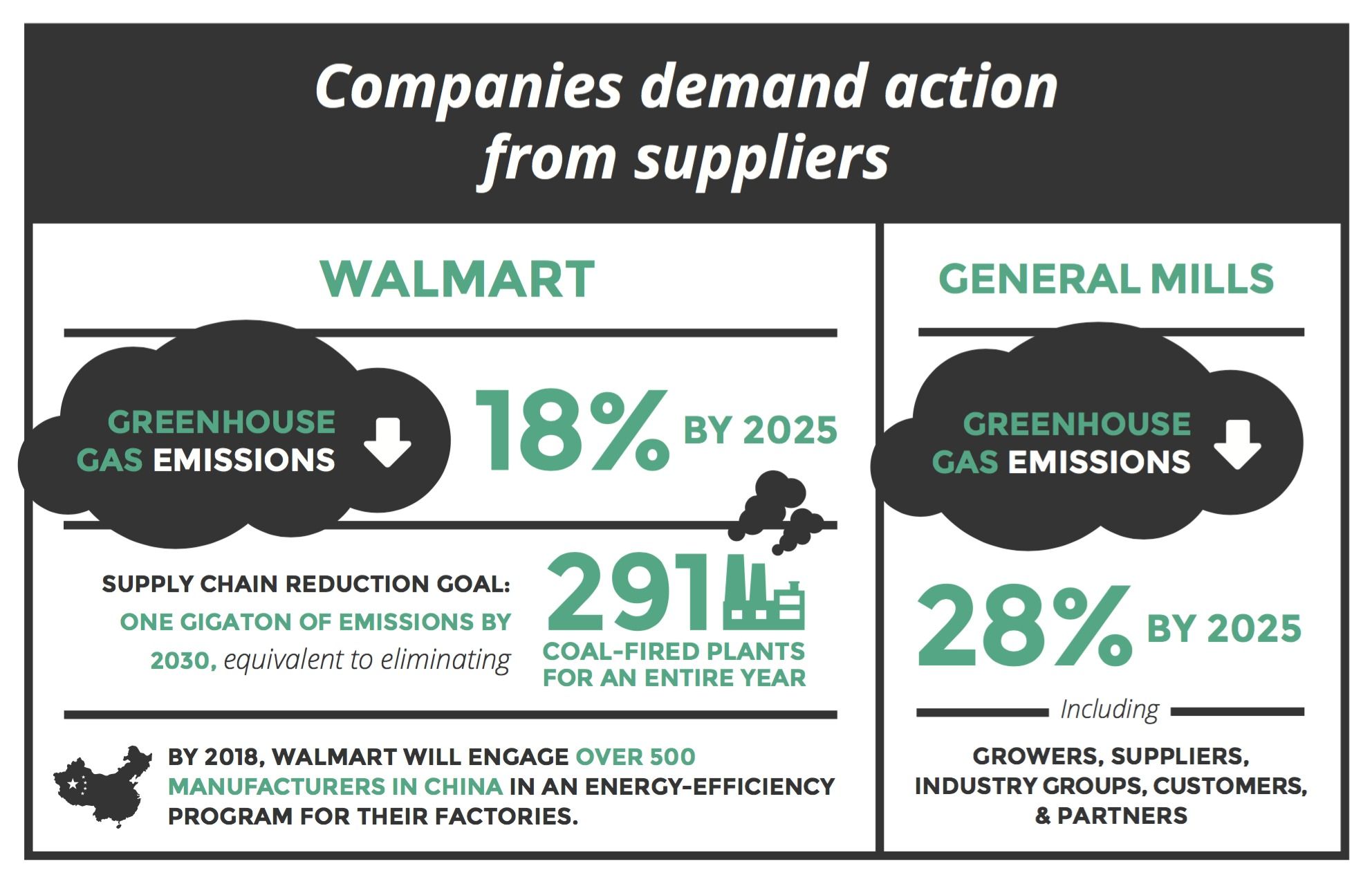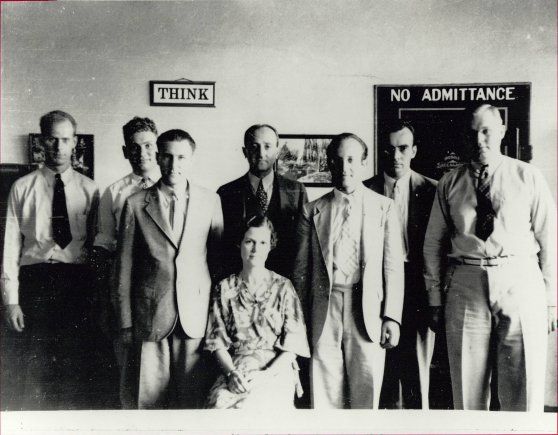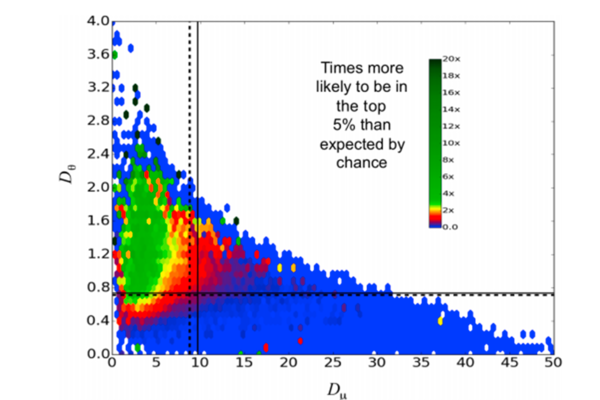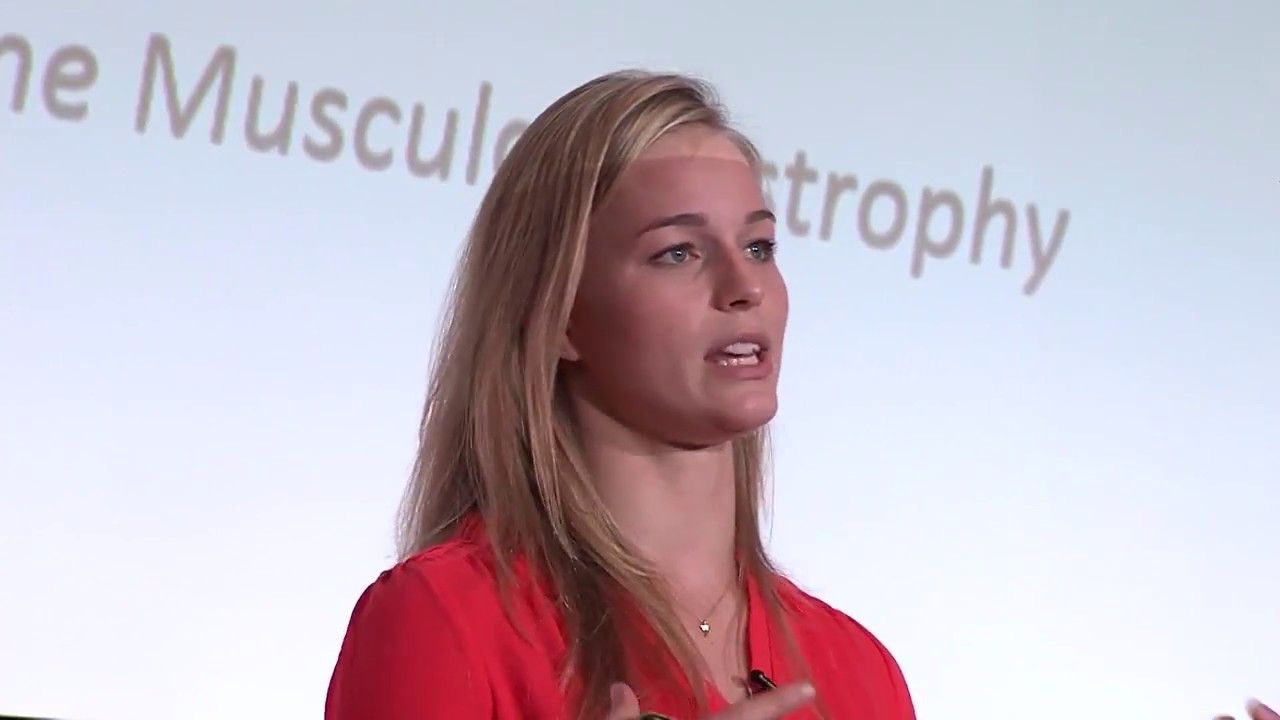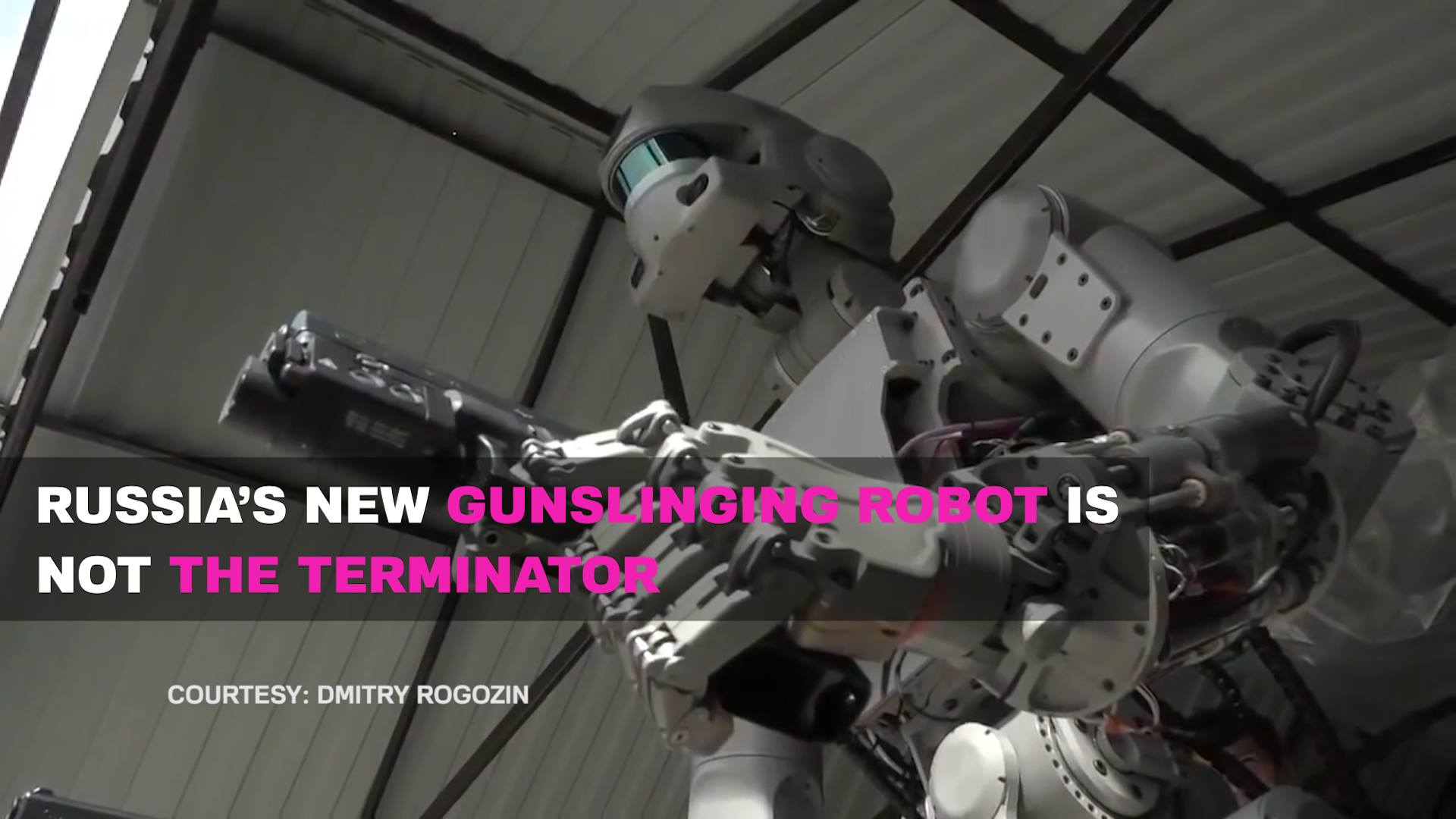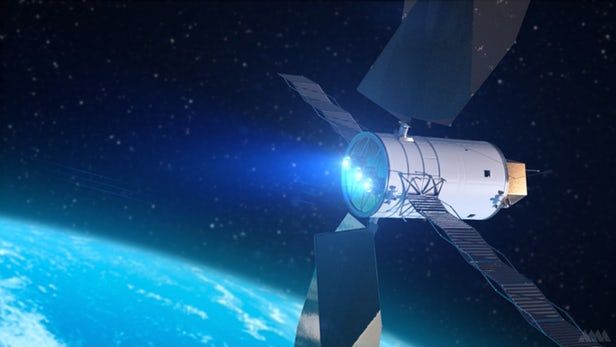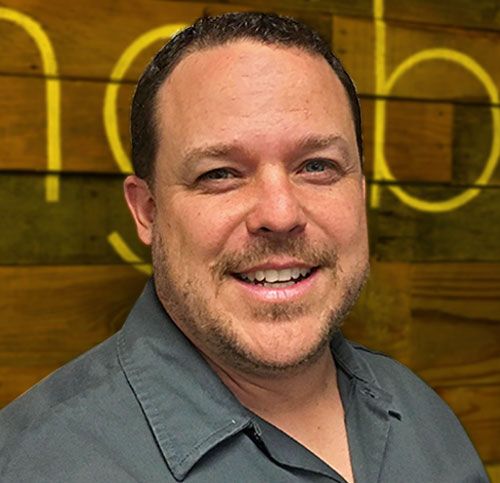“Over the last few months, Thomas Pesquet has been able to bring Space into thousands of households, especially their younger members.”
“Rockefeller Foundation president Raj Shah discusses today’s “watershed moment for philanthropy.””
“But for most companies operating within global value chains, the pull and push of climate action also comes from abroad, and many U.S. companies now understand the potential to demonstrate global leadership through climate action.”
“But that’s not really true. What is true is that pretty much anyone can get hold of software that, when used properly, is secure against any publicly known attacks. ”
”
Analysis of millions of studies and patents found that the most influential science draws a clear line to the work of previous generations of scientists, a pattern that was ‘nearly universal in all branches of science and technology.’”
Primarily talking about CRISPR.
Daisy Robinton explores bioengineering and its potential to end ageing.
“The use of gene-editing technology paired with the dropping cost of genome sequencing and analysis is greatly facilitating our ability to understand the functional and mechanistic impact of those genetic mutations on diseases caused by mutations in DNA sequence,” she says.
ABOUT WIRED HEALTH 2017
Hundreds of healthcare, pharmaceutical and technology influencers and leaders met at the fifth annual WIRED Health event at 30 Euston Square, London on March 9. Discover some of the fascinating insights from the esteemed speakers here: http://wired.uk/O6xMxJ
ABOUT WIRED EVENTS
WIRED events shine a spotlight on the innovators, inventors and entrepreneurs who are changing our world for the better. Explore this channel for videos showing on-stage talks, behind-the-scenes action, exclusive interviews and performances from our roster of events. Join us as we uncover the most relevant, up-and-coming trends and meet the people building the future.
ABOUT WIRED
WIRED brings you the future as it happens — the people, the trends, the big ideas that will change our lives. An award-winning printed monthly and online publication. WIRED is an agenda-setting magazine offering brain food on a wide range of topics, from science, technology and business to pop-culture and politics.
CONNECT WITH WIRED
Web: http://po.st/WiredVideo
Twitter: http://po.st/TwitterWired
Facebook: http://po.st/FacebookWired
Google+: http://po.st/GoogleWired
Instagram: http://po.st/InstagramWired
Magazine: http://po.st/MagazineWired
Newsletter: http://po.st/NewslettersWired
————————–
——–
Facebook: https://www.facebook.com/agingreversed
Tumblr: http://agingreversed.tumblr.com
Twitter: https://twitter.com/Aging_Reversed
Another article to go with this:
http://inhabitat.com/shanghai-is-planning-a-massive-100-hect…on-people/
As Shanghai continues to expand outward, replacing agriculture with urbanization, a US-based design firm is looking to reimagine the way that Shanghai grows food to feed its 24 million people.
The Sasaki planning and urban design firm is turning heads with its masterplan for a 250-acre urban agricultural district in Pudong called Sunqiao, which will include, most spectacularly, towering vertical farms that grow lots of leafy vegetables.

Meet Fedor the Gunslinging Robot
Posted in robotics/AI
Cylon Prototype?
Russia’s new gunslinging robot is not The Terminator, but it sure does looks like it.
The 33rd annual Space Symposium wrapped up recently in Colorado and New Atlas was on hand to check out some of the exhibits and talks. Amidst the rocket models, jet engines and satellites, we found a quiet corner to sit down with Scott Fouse, the vice president of Lockheed Martin’s Advanced Technology Center. For our One Big Question series, we wanted to get his thoughts on what reaching for the stars will look like in the future, so we asked him: What will space exploration look like in 2040?
Crosswise Summer Experience
Posted in evolution, transhumanism
An event on #transhumanism at a Christian university in Southern California in June. Looks interesting:
Humanism is “our most sympathetic understanding and treatment of human nature.”
TRANShumanism is “the drive to fundamentally revolutionise what it means to be human by way of technological advancements.”
For those of you who are new to the term, Dr. Joel Oesch, on his blog Fishing for Leviathan, defines it this way, “Transhumanism has nothing to do with your race or gender identity, at least not directly. Rather, the term reflects the human desire to transcend its current condition both individually and socially, most notably to rise above the limitations of our physical selves. Transhumanism is a movement of people committed to using technology to further the human race in profound ways. In most iterations, Transhumanism is viewed as the next great step of human evolution. Homo sapiens has evolved into a wholly new species, Homo technicus.”


